
Ocean Etiquette 101
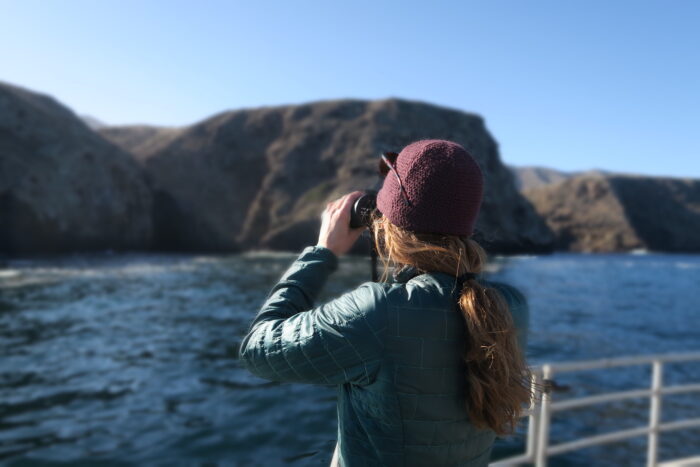
Photo credit: Claire Fackler
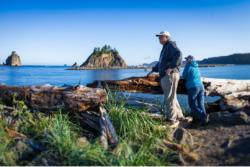
Photo credit: Matt McIntosh
Learn before you go – Read up on local species, popular viewing sites, and local regulations to get the most from your visit. Each of the national marine sanctuaries, national parks, and many state and local wildlife areas have helpful websites and other resources that are designed for recreation and tourism. Take advantage of these free educational tools.
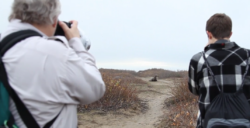
Photo credit: NOAA Office of National Marine Sanctuaries
Give species their space – We all want an up close and personal experience with our favorite animals. The animals don’t always want the same with people. For your safety and theirs, appreciate wildlife from a respectful distance and use binoculars, spotting scopes, and cameras with zoom lenses instead. Be mindful of plants and invertebrates, and don’t take anything home with you that belongs in the ecosystem. Visitor’s centers and local vendors have plenty of merchandise to help you remember your adventures.
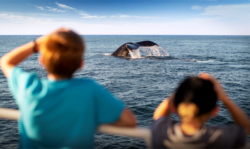
Photo credit: Matt McIntosh
Hands off, cameras on – Animals in their habitats are not often used to or interested in being touched. From their perspective, you could be a threat to their safety or the safety of any offspring they might be caring for. However, it’s fine to take all the photos you want to share the wonders you’ve seen with friends and family. Just remember to turn the flash off first.
Leave no trace and keep your snacks to yourself – Be sure to leave the shores you’re exploring better than when you arrived!
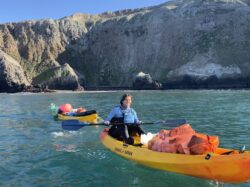
Photo credit: Dustin Harris
Pick up all your trash so that marine creatures don’t mistake it for their next meal or become entangled in plastics or other discarded debris. Bonus points if you remove and recycle a few pieces of trash that someone else left behind!
Sharing is caring, but not when it comes to feeding wildlife. Not only does feeding wildlife discourage them from foraging on their own, but the foods we eat can be harmful to the animals we love. Even if it’s just a tiny morsel, animals learn quickly to return to areas where they have found food before. Animals can put themselves in harm’s way by regularly approaching people, especially if they learn to be pushy or aggressive in pursuit of food.
Stay away from wildlife that appears to be abandoned or sick – There is always a chance that you could encounter an animal that you believe to be sick, injured, or abandoned. Like many helpers out there, your first instinct might be to rush to the animal’s aid. It’s a noble thought, but it is a safety hazard to both you and the animal you might be trying to help.
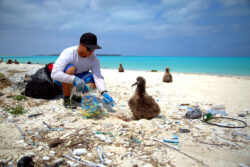
A volunteer works to disentangle an albatross chick from marine debris in Papahānaumokuākea Marine National Monument. Photo credit: Ryan Tabata
For some species, like birds, parents leave behind their young while they forage and can become distressed if they return to an empty nest area. For others, like seals and sea lions, an individual that is sleeping might appear to be stranded or sick; approaching the animal could startle it and put you in harm’s way.
Your best bet is to call a wildlife response hotline to report what you’ve seen and stay nearby until trained help arrives. Local authorities or the NOAA Fisheries stranding network hotline are trained to respond to reports of animals in distress and will ask you to help by providing your location, a description of the animal and its condition, and may ask you to keep eyes on the animal and make sure other helpers know that trained responders are on the way.
